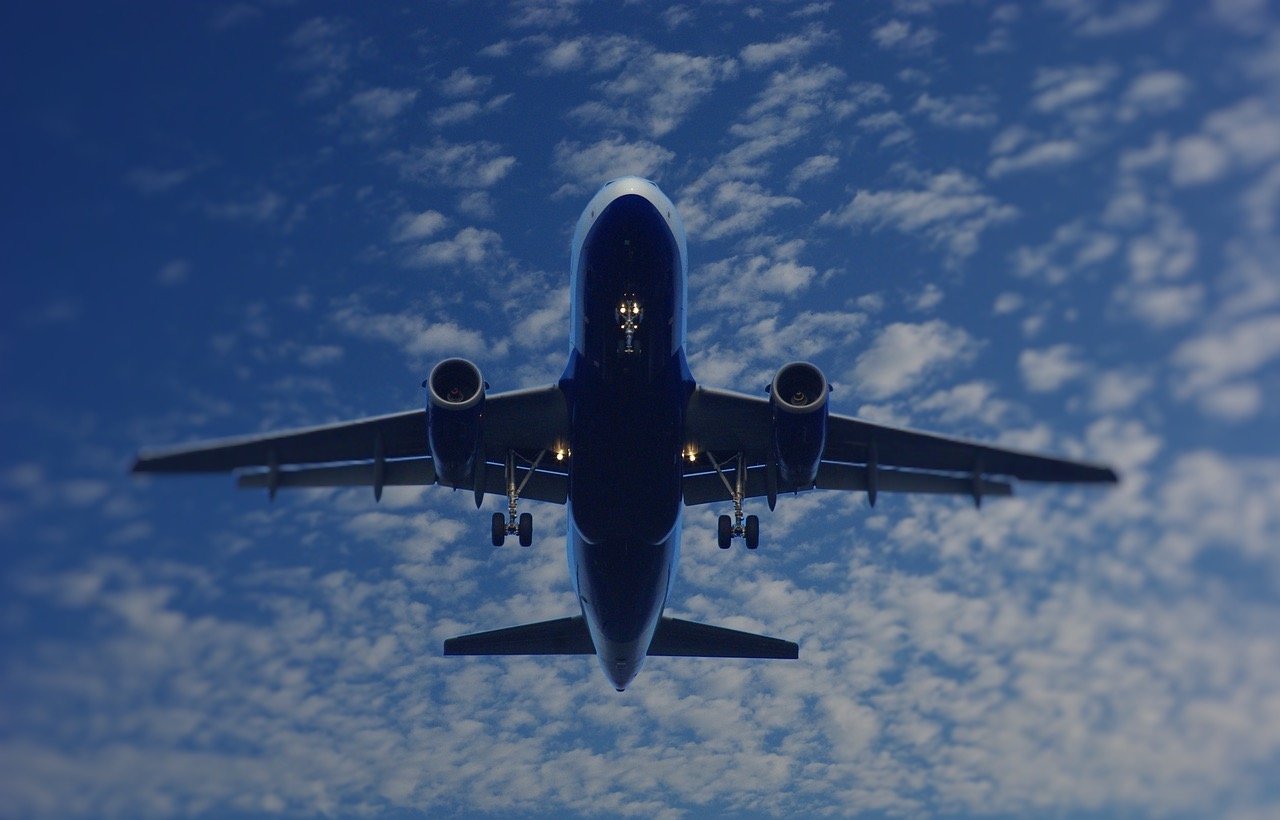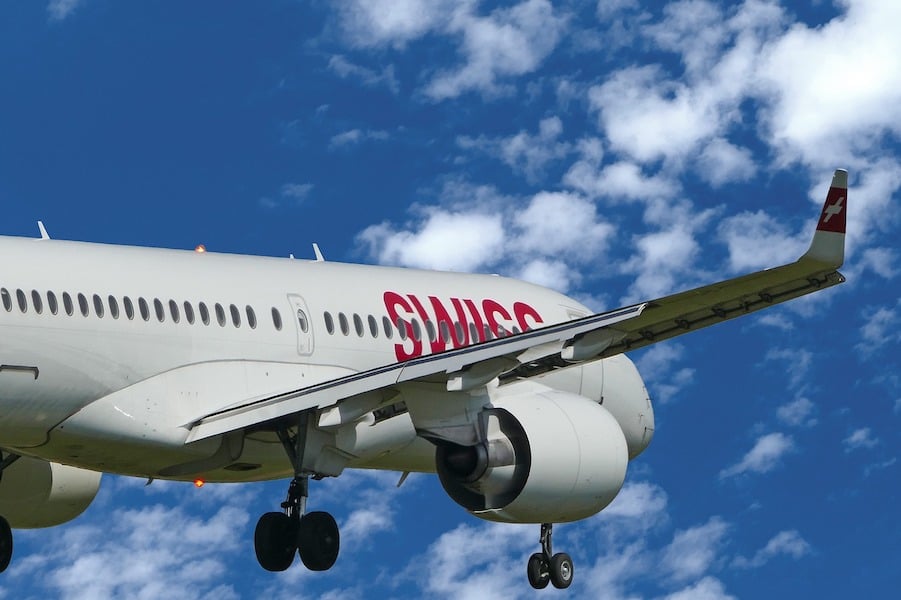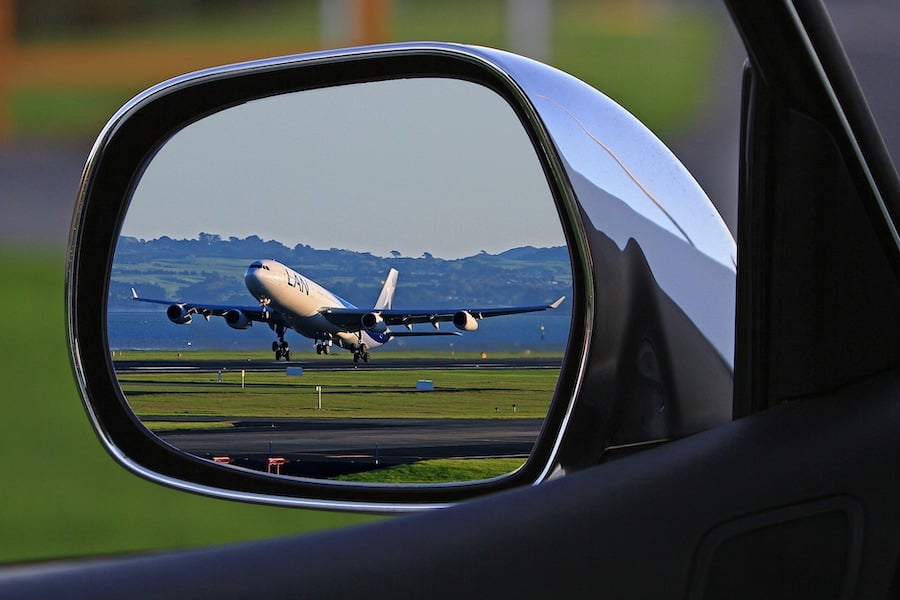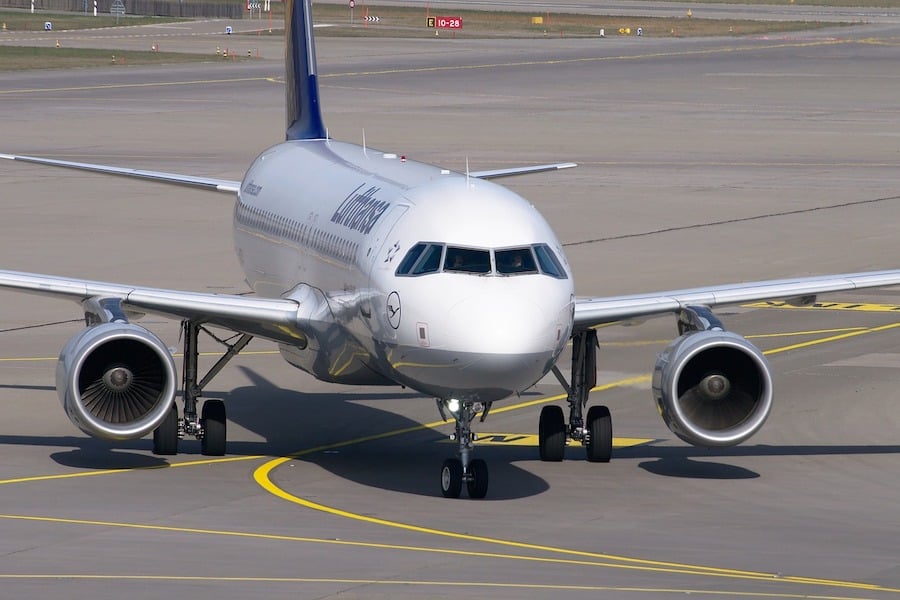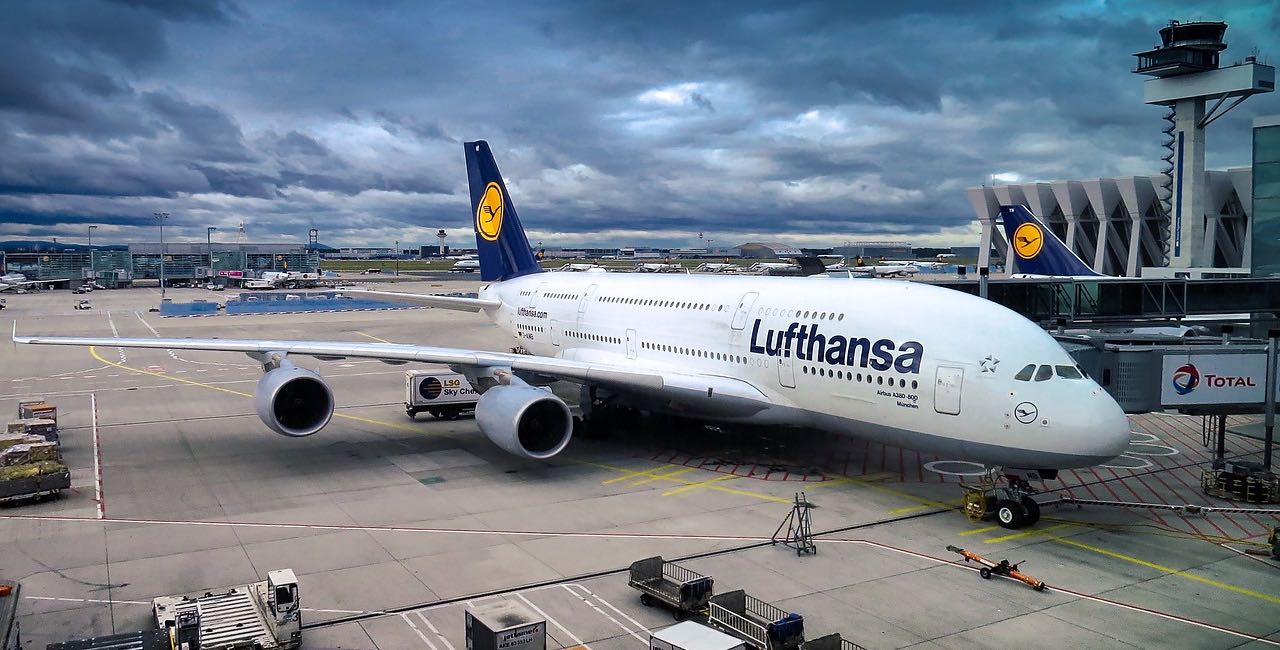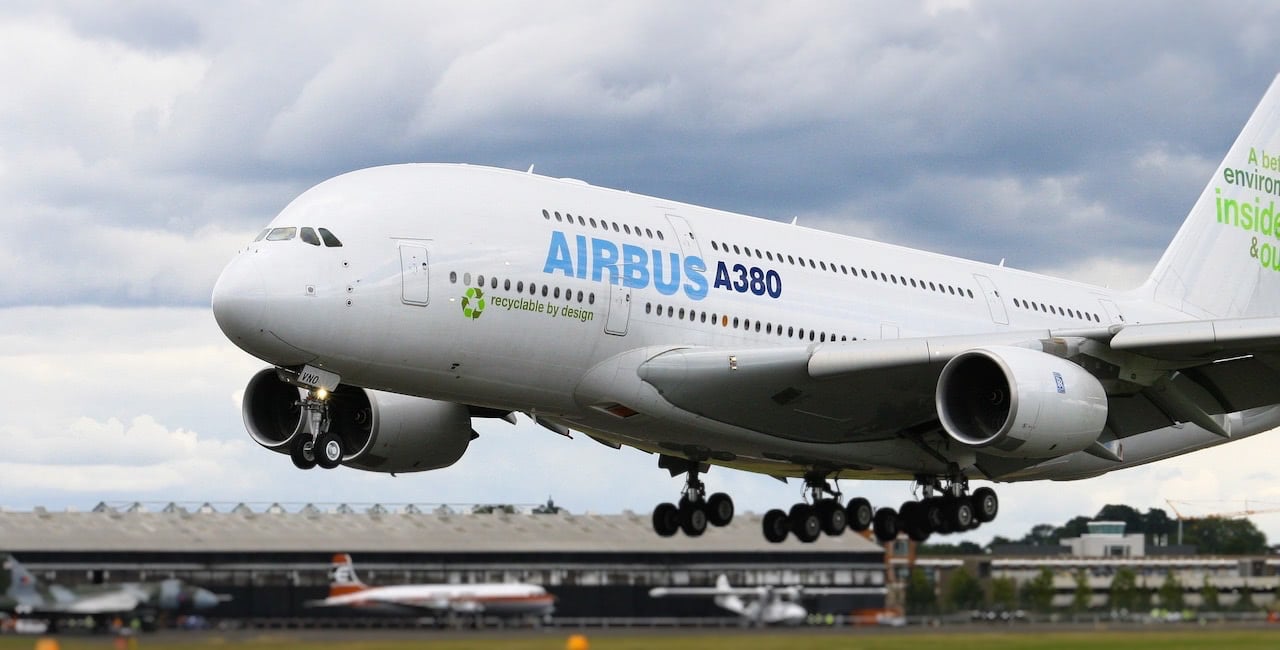Did you know that one of the largest aircraft manufacturers is European? But that hasn’t always been the case. Up until 60 years ago, the power was in the U.S. market.
Until Airbus came along! Its current power is well exemplified by the fact that an aircraft belonging to the Airbus A320 family takes off or lands in the world every 2 seconds.
And how did Airbus manage to get into the ranking of the best manufacturers? What is its history? In this post we will explain how Airbus was born, how it produced its most famous models and much more.
Are you staying to get to know the European giant in depth?

